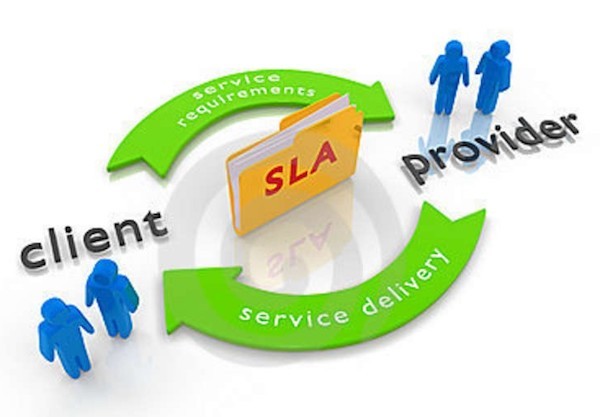Wikipedia says an SLA is a formally negotiated agreement between two parties. It is a contract that exists between customers and their service provider, client or between service providers. It records the common understanding about services, priorities, responsibilities, guarantee, and such — collectively, the level of service. For example, it may specify the levels of availability, serviceability, performance, operation, or other attributes of the service.
SLAs were first introduced in the 1980s in the telecommunications industry, but are now wide spread throughout business. But in our experience, traditional SLA formats are not relevant in advertising and marketing, where the level of service delivery is directly influenced and impacted by the behaviour and actions of the buyer.
In these circumstances, we recommend an engagement agreement, defining requirements of both parties.
Bozidar Spirovski recommends there are nine main criteria required to achieve at least a reasonable if not good SLA:
1. Any SLA is open for negotiation, but only in initial purchase
2. Define Availability as you would expect it
3. Always keep in mind the distinction between reaction time and correction
4. Make precise definitions of problem severity levels and tie them in with reaction and correction times
5. Define response time for all levels of severity
6. Define channels of communication and escalation
7. Define the conditions under which the SLA criteria are applied to a problem
8. Define measurements and reporting
9. Tie in penalties and contract back-out options
The problem is that these about the buyer setting the level of service from the supplier. And were this is applied to marketing communications and especially advertising, usually by procurement, we see response times such as “must return calls within 2 hours” with a “99.9% compliance rate”. Here is the question – “who is measuring all of the phone call response times between the client and the agency and what is the impact if the agency returns the call at 2 hours and 5 seconds?” I mean these type of SLA’s are a joke.
And what if the client does not return the call from the agency for 2 hours?
I have seen hundreds of SLA’s and KPI’s (Key Performance Indicators) that are ridiculous and largely meaningless because they are irrelevant, unmeasurable and a waste of time and effort.
Instead of SLA’s, we encourage marketers to develop Engagement Agreements, which like SLA’s records the common understanding about services, processes, priorities, responsibilities and expectations, but does so for both the buyer and the suppliers. Because the actions and behaviour of the buyer in this case, directly impact on the performance of the supplier.




